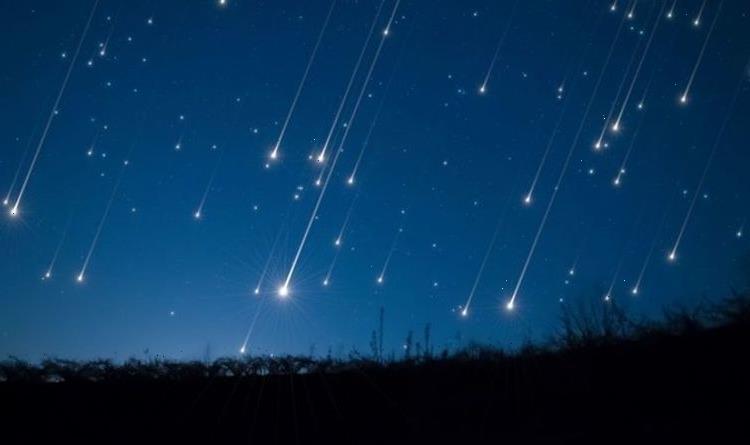Robert Massey- how to watch the Perseids shower
We use your sign-up to provide content in ways you’ve consented to and to improve our understanding of you. This may include adverts from us and 3rd parties based on our understanding. You can unsubscribe at any time. More info
Perseid meteor shower is back once again this month – and you’re in for a treat if you look up into the dark night sky. It’s always one of the best times to catch a glimpse of meteors as they’re always incredibly bright, and are more frequent than other showers in the year.
The Perseids are believed to originate from the constellation of Perseus.
They’re caused by the Earth crossing paths with debris from the comet 109P/Swift-Tuttle.
Every year, between July and August, the Earth slams into the debris, causing the meteor shower we see in the sky.
This year, the Perseids will be starting from Friday July 16, and lasting until Monday August 23.

How to see the Perseids meteor shower
If you’re hoping to catch a glimpse of the meteor shower tonight, you’re in luck.
All you’ll need to do is simply look out of your window and into the night sky.
You’re more likely to see the meteor shower if you’re in an area that’s very dark, and without any light pollution.
Try heading out to a quiet field or park, and give your eyes at least 15 minutes to become attuned to the dark.
DON’T MISS
Perseids meteor shower 2020: ESA releases stunning video [IMAGES]
Meteor shower LIVE stream: In case you missed it, watch the Perseids [RECAP]
Meteor shower in pictures: Shooting stars soar across the sky [PICTURES]
“Plan ahead and check the weather forecast,” said the Royal Museums Greenwich “If it is likely to be inclement, find a different location or go out on a different day.
“The days leading up to the peak are usually better than the days after.
“Meteors can appear in any part of the sky so the more sky you can see the better. Find an area with a clear view of the horizon and away from trees and buildings.
“Binoculars and telescopes are not necessary as they will restrict the size of the sky that will be visible to you.”

The Perseids will be active throughout the next five weeks.
But, they’re expected to peak between August 12 and 13, which is when you’re more likely to see the most meteors.
The best time to look out for them is when the sky is darkest.
The Perseids’ radiant is always above the horizon, which means you might even be able to see some meteors before the sun sets in the UK.
But, for the optimum chance of seeing the Perseids, you should look out your window between midnight and 5.30am each morning.
There’s always a high chance to see fireballs, which are essentially very bright meteors.
The smaller meteors, however, tend to vaporise on their descent, leaving behind a trail of light.
The average speed of a Perseid meteor is 36 miles per second.
Source: Read Full Article
